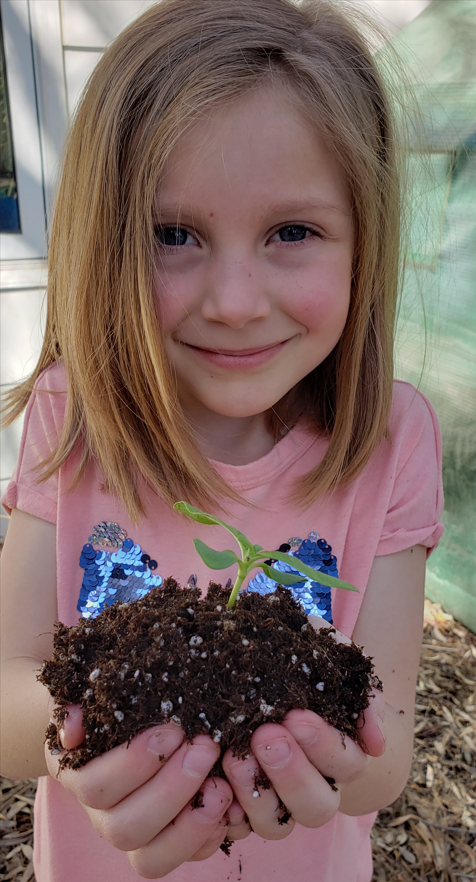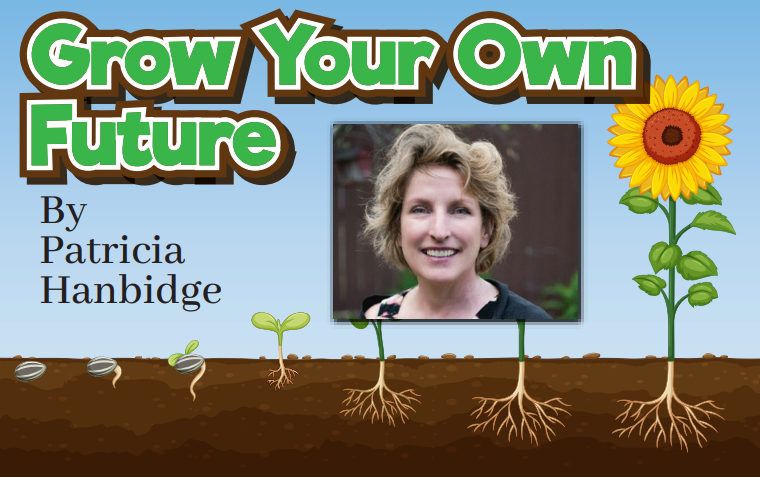The last couple of weeks we have been focusing on the magic of starting seeds. This week, the focus is on timing your seeding for success.
When you are germinating seeds, it is essential to ensure that you are timing your crops appropriately. What that means is that you want your crop to be at the correct size and maturity for the end result. If you were operating a commercial greenhouse, then you would be timing the growth of your crop for sales from mid May to mid June in our part of the prairies. For you as a home gardener, the timing is also similar. If you wish to bed out your little plants on June 1st, when we hope all danger of frost is past, then you count backwards to ensure your seeding date is accurate.
The timing will depend on many factors but essentially what you need to consider is the amount of time it takes for the seed, to germinate and then the time to grow to the acceptable size and the hardening off period that is required before planting in the garden. Let’s take tomatoes as an example. If you are growing Early Girl Hybrid tomato, it will take from 8 to 14 days to germinate under good germination conditions and then a further three to four weeks to become a seedling that is 5 to 10 inches in height. If we look backwards from June 1st, that would mean that we should be planting the seeds in mid-March.
On the seed packet, it states that it takes around 55 days to maturity. This is guide – not an absolute as many factors can alter this time frame. As we all know, we can never have fresh garden tomatoes early enough but from the planting perspective, it will take two months from planting for that to occur.
As far as other plants go, each one is of course unique. Planning from the perspective of what to plant when is important especially the first time around. From the middle to the end of March, you should be sowing Brussels sprouts, celery, eggplant, leeks, peppers and tomatoes. In early to mid April broccoli, cantaloupe, cauliflower, collards, lettuce, pumpkins, squash and watermelon. Please only use this as a guideline as each area is different.

Last but not least, not all seeds are saveable from year to year. Please remember that seeds should be stored under cool, dry conditions. Any increase in temperature or humidity has a huge affect on the viability of those seeds. It is not always necessary to dispose of old seed, but if you can estimate the germination rate then you can sow the seed accordingly. Swiss chard, turnips and parsnips only stay in good shape for one year. Corn, onions, parsley and okra are generally viable for two years under optimum conditions and asparagus, beans, leeks and peas are good for three years. Broccoli, beets, cabbage, cauliflower, radish, spinach, lettuce, squash and eggplant have a shelf life of up to five years.
As far as fertilization goes, it is not necessary to fertilize your seedlings until they are sprouting true leaves. Prior to that time, they are still living off the food contained in the seed. Remember that these tiny little plants are very susceptible to harm given by overzealous care givers. Plants are very adaptable but only when change happens slowly.
Hanbidge is the Lead Horticulturist with Orchid Horticulture. Find us at www.orchidhort.com; by email at [email protected]; on Facebook @orchidhort and on Instagram at #orchidhort. Tune into GROW Live on our Facebook page or check out the Youtube channel GROW.




